Presented by Mark Conrad, Deb Kurtz and Dan Esler, Friends Volunteers
This program was recorded live on Tuesday, October 21. Recording online here.
- Anchorage – Deb and Dan in person at REI’s Community Room, 500 E. Northern Lights Blvd.
- Homer – Mark will be in person with Deb and Dan on zoom at the Kachemak Bay Campus, KPC, Bayview Building, Rm B102, Pioneer Avenue
- Soldotna – Watch Party at Kenai River Campus, Kenai Peninsula College, Ward Building, Rm 116, 156 College Rd.
- Or join us from anywhere via Zoom
Imagine a 1400 mile journey by research ship through the misty, storm swept Aleutians to two special islands where help is needed fighting invasive species. Along the way you spot life birds, swarms of seabirds and marine mammals in abundance. You work with great people – scientists, refuge people and the crew of the R/V Tiglax. This was the volunteer opportunity for three of our members this past July. Join us to hear Mark, Deb and Dan talk about their experience – the Aleutians, the danger invasives pose to island ecosystems, their hard, back breaking work, their visits to Adak with its crumbling abandoned military base and Aiktak, the isolated summer home of two seasonal biotechs. It was a big adventure and good work was done.
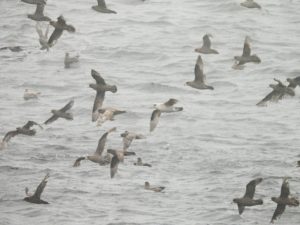
Mark assures me that there will be birds, lots of birds and beautiful photography. Northern fulmars at sea. PC: Deb Kurtz/Friends
The Aleutians have been part of the Alaska Maritime National Wildlife Refuge for over 100 years. Despite this protected status, the remoteness and the vast distances, big actions – World War II and the frantic construction of military bases and very small actions – a dirty boot coming ashore – have brought non-native invasive species, both plants and animals to these wildlife rich islands. Rats on Adak and Poa lawn grass on Aiktak were the focus for this trip. Rats are voracious predators on birds, eggs and chicks and introduced plants spread. Norway rats arrived on these remote islands by shipwreck and WWII supply ships. The non-native grass probably came on a refuge employees boot and is spreading along all disturbed areas.
Caption for Title Photo: R/V Tiglax in Ugamak Bay off Aiktak Island. PC Deb Kurtz/Friends
Biographies
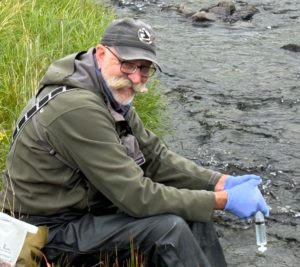 Mark Conrad was recently “retired” from a 30+ year career in conservation in Wyoming, researching and protecting water quality and wildlife habitat when he felt the call to check out Alaska in 2021. He eventually settled in Homer, throwing himself into volunteer work with the Alaska Maritime National Wildlife Refuge and other birding and conservation groups. He monitors sea duck and shorebirds, works seasonally as a bear guard and with Friends has built rat traps and swallow boxes and participated in cleanups. His Wyoming background in water quality and invasive weeds made him well suited for this volunteer opportunity. Mark’s bachelor’s degree is from University of California Davis and his master’s from University of Wyoming. Mark enjoys travelling, hunting, fishing, kayaking, xc skiing, birding, and learning about the maritime environment. Mark said he really enjoys the community of Homer and the whole state. He is glad he made the move.
Mark Conrad was recently “retired” from a 30+ year career in conservation in Wyoming, researching and protecting water quality and wildlife habitat when he felt the call to check out Alaska in 2021. He eventually settled in Homer, throwing himself into volunteer work with the Alaska Maritime National Wildlife Refuge and other birding and conservation groups. He monitors sea duck and shorebirds, works seasonally as a bear guard and with Friends has built rat traps and swallow boxes and participated in cleanups. His Wyoming background in water quality and invasive weeds made him well suited for this volunteer opportunity. Mark’s bachelor’s degree is from University of California Davis and his master’s from University of Wyoming. Mark enjoys travelling, hunting, fishing, kayaking, xc skiing, birding, and learning about the maritime environment. Mark said he really enjoys the community of Homer and the whole state. He is glad he made the move.
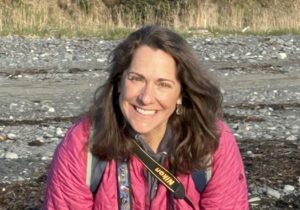 Deb Kurtz first came to Alaska on the ferry in 1999 for a summer of hitchhiking around the state to backpack and hike. Two years later she returned for a seasonal job as a wilderness technician for the US Forest Service in southeast Alaska. For the next 20 plus years she worked for the Forest Service, the Park Service, non-profits and the private sector doing marine bird and mammal surveys, invasive plant management, time lapse photography, snow surveys, glacier monitoring, oceanographic measurements, watershed management, fisheries surveys, and waterfowl banding. Deb has been a Friends member for a few years, but it was her recent retirement that allowed her to take on a longer-term volunteer project like this. Deb earned a bachelor’s in geography with minors in geology and environmental sciences from SUNY Geneseo and a master’s in earth science with a thesis on invasive plant modeling from Montana State. Deb loves Alaska’s wildlands and wildlife and can be found recreating and exploring across the state’s mountains, rivers, coast, and tundra with a pair of binoculars and a camera around her neck. She lives in Anchorage.
Deb Kurtz first came to Alaska on the ferry in 1999 for a summer of hitchhiking around the state to backpack and hike. Two years later she returned for a seasonal job as a wilderness technician for the US Forest Service in southeast Alaska. For the next 20 plus years she worked for the Forest Service, the Park Service, non-profits and the private sector doing marine bird and mammal surveys, invasive plant management, time lapse photography, snow surveys, glacier monitoring, oceanographic measurements, watershed management, fisheries surveys, and waterfowl banding. Deb has been a Friends member for a few years, but it was her recent retirement that allowed her to take on a longer-term volunteer project like this. Deb earned a bachelor’s in geography with minors in geology and environmental sciences from SUNY Geneseo and a master’s in earth science with a thesis on invasive plant modeling from Montana State. Deb loves Alaska’s wildlands and wildlife and can be found recreating and exploring across the state’s mountains, rivers, coast, and tundra with a pair of binoculars and a camera around her neck. She lives in Anchorage.
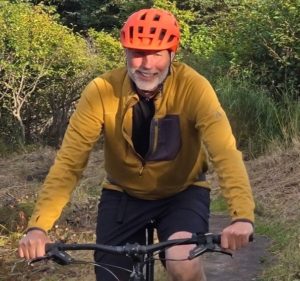 Dan Esler’s parents called his bachelor’s degree from Northland College in outdoor recreation and biology “Camping for Credit.” Dan went on to get a master’s from Texas A & M with his thesis on hydrilla, an invasive water plant, and a PhD from Oregon State. He first came to Alaska for a three-month technician job with breeding waterfowl on the Yukon Flats National Wildlife Refuge and stayed. Most of his career was with USGS as a wildlife research biologist with an interest and expertise in nearshore marine ecology and birds, especially sea ducks. He also spent 12 years on the faculty of Simon Fraser University in Canada as a researcher. His work and outdoor adventures, often centered around birding, have taken him to many of Alaska’s national wildlife refuges including Yukon Delta, Yukon Flats, Kodiak, Kenai, Alaska Maritime, Izembek, and Tetlin refuges. Dan notes that Tetlin Refuge is a favorite spring spot for spotting species hard to see elsewhere in Alaska like Sora, Ruddy Duck and Common Yellowthroat. Dan lives in Anchorage and enjoys all sorts of outdoorsy and naturey activities.
Dan Esler’s parents called his bachelor’s degree from Northland College in outdoor recreation and biology “Camping for Credit.” Dan went on to get a master’s from Texas A & M with his thesis on hydrilla, an invasive water plant, and a PhD from Oregon State. He first came to Alaska for a three-month technician job with breeding waterfowl on the Yukon Flats National Wildlife Refuge and stayed. Most of his career was with USGS as a wildlife research biologist with an interest and expertise in nearshore marine ecology and birds, especially sea ducks. He also spent 12 years on the faculty of Simon Fraser University in Canada as a researcher. His work and outdoor adventures, often centered around birding, have taken him to many of Alaska’s national wildlife refuges including Yukon Delta, Yukon Flats, Kodiak, Kenai, Alaska Maritime, Izembek, and Tetlin refuges. Dan notes that Tetlin Refuge is a favorite spring spot for spotting species hard to see elsewhere in Alaska like Sora, Ruddy Duck and Common Yellowthroat. Dan lives in Anchorage and enjoys all sorts of outdoorsy and naturey activities.
Mark, Dan and Deb with Fish and Wildlife staff Mychele Smith and Stacey Buckelew, invasive species biologist in front of the Puffin Palace where two biotechs spend the summer alone on uninhabited Aiktak Island monitoring seabirds. Note the team has dug the Poa grass out from around the Puffiin Palace, and it is now ready for laying geotextile fabric to prevent new growth. Aiktak is one of the annual monitoring seabird sites for the Alaska Maritime National Wildlife Refuge. The decades of data gathered here are not only important for documenting trends in seabird populations but is also used by other researchers to shed light on the state of life in the ocean and environmental disruptions. PC/USFWS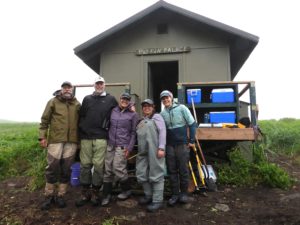
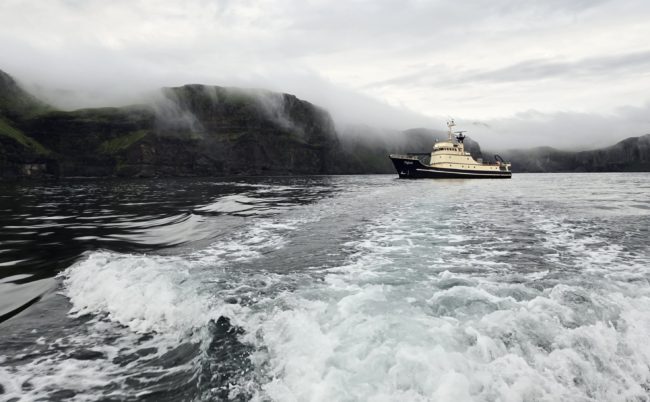
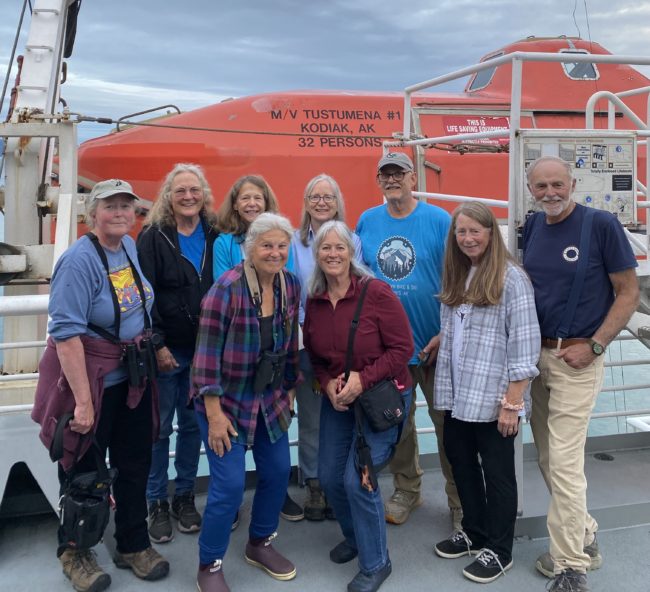

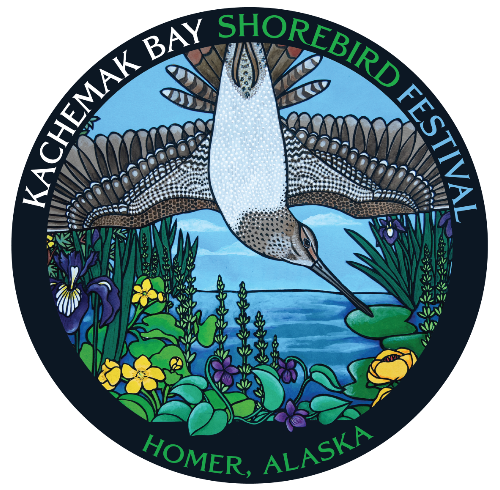
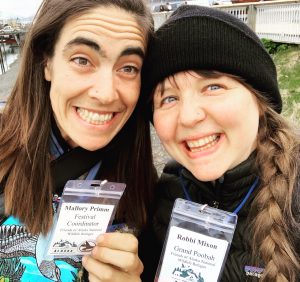 Friends of Alaska National Wildlife Refuges and Alaska Maritime National Wildlife Refuge co-sponsored the 27th Annual
Friends of Alaska National Wildlife Refuges and Alaska Maritime National Wildlife Refuge co-sponsored the 27th Annual 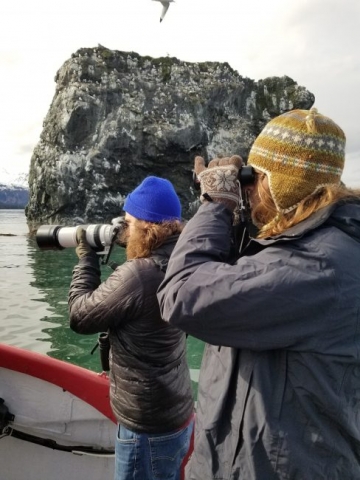
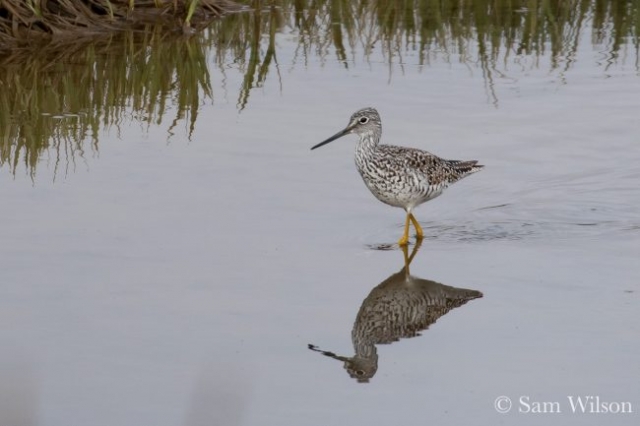
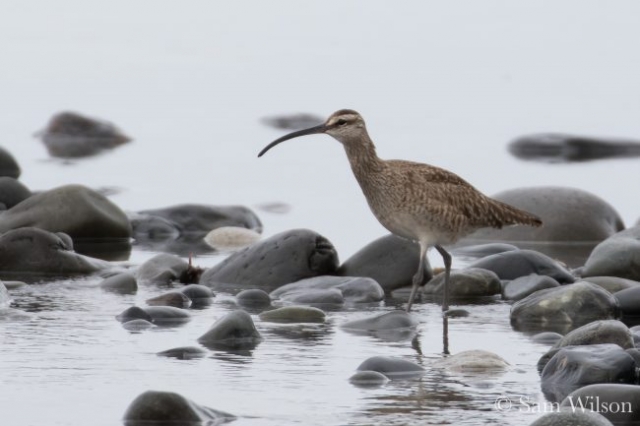
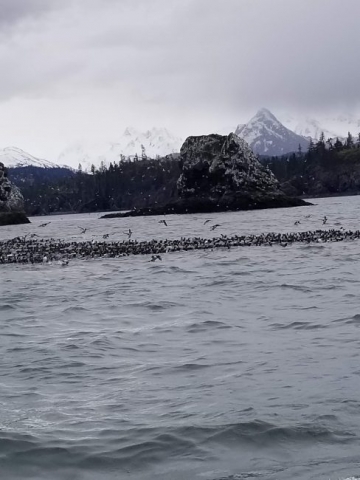
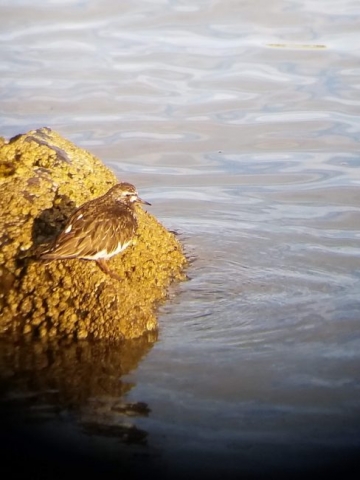
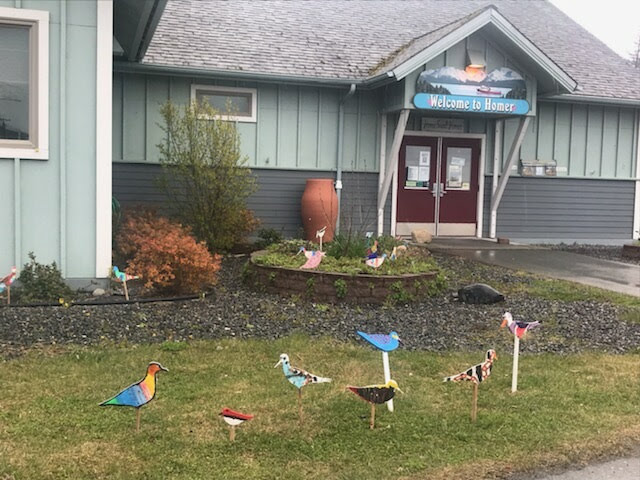
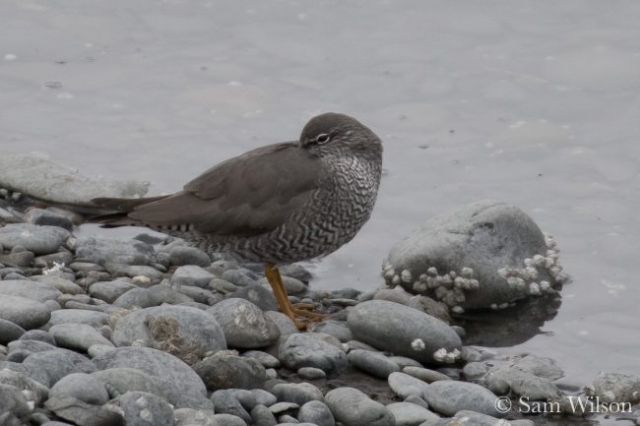
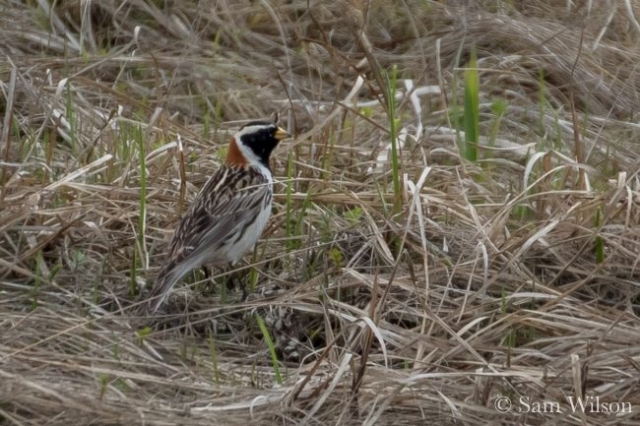
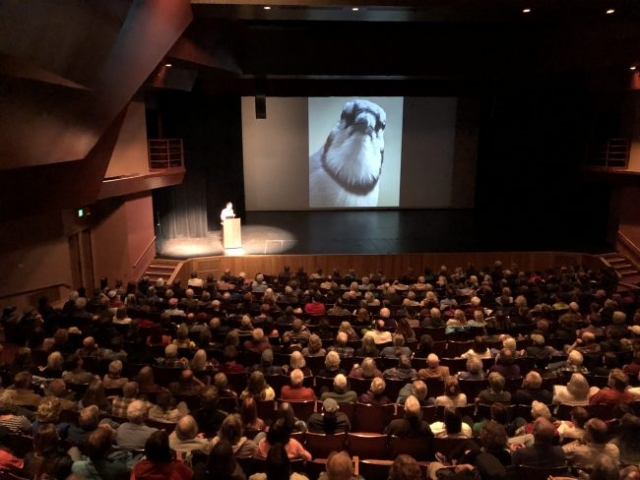
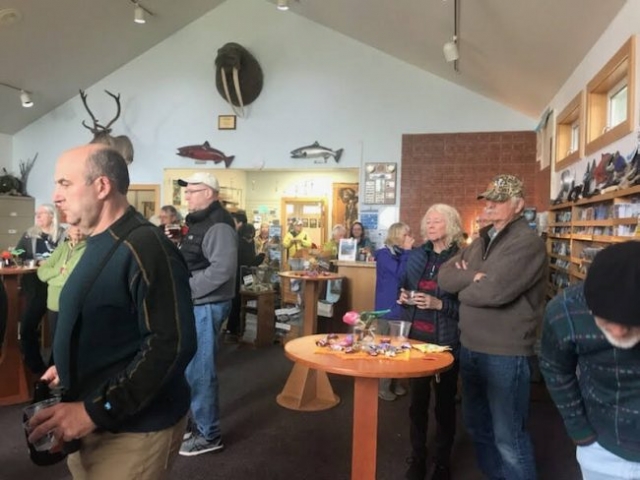
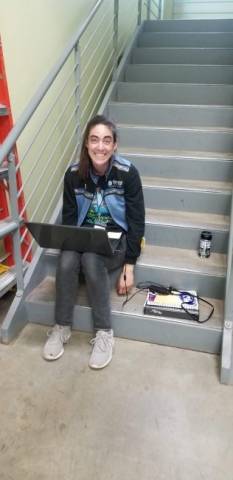
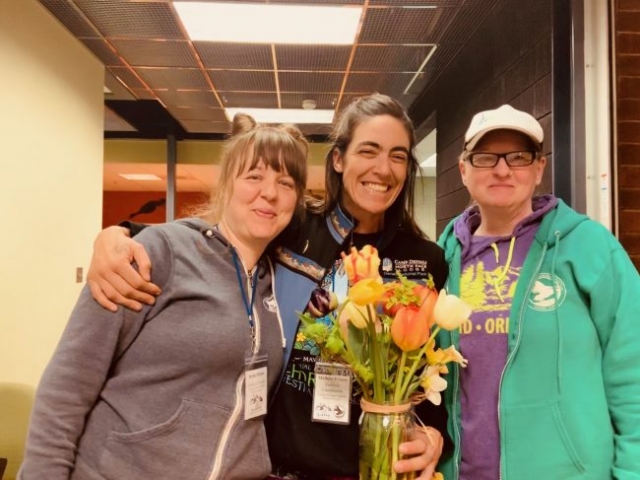
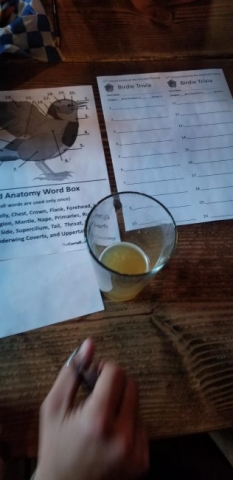
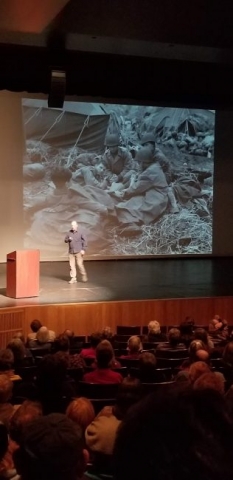
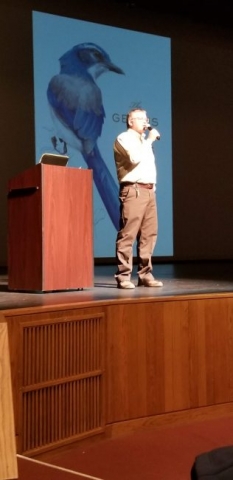
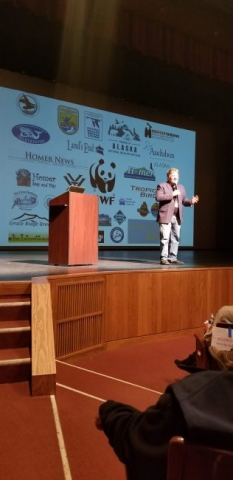
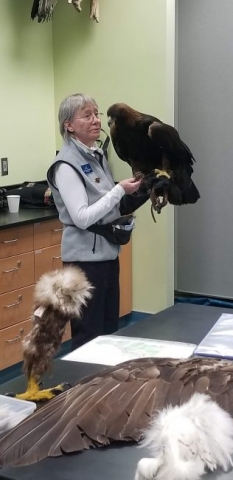
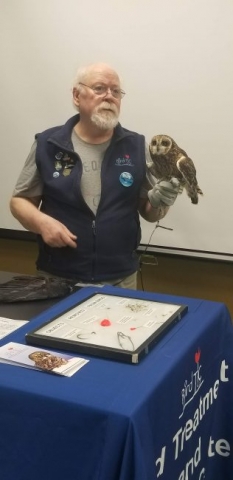
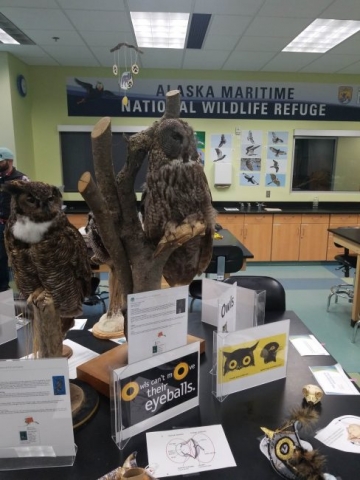
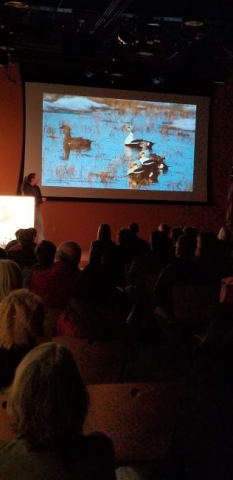
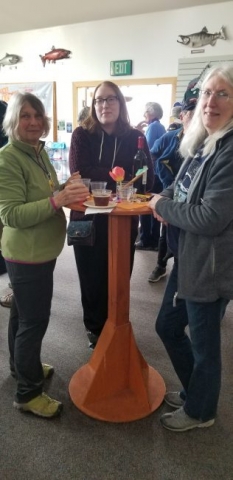
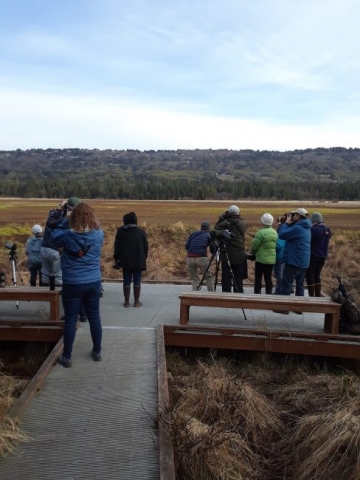
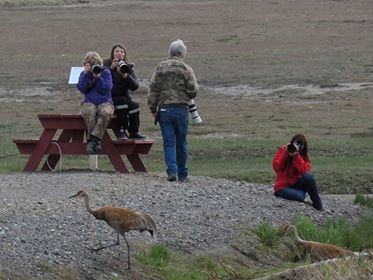
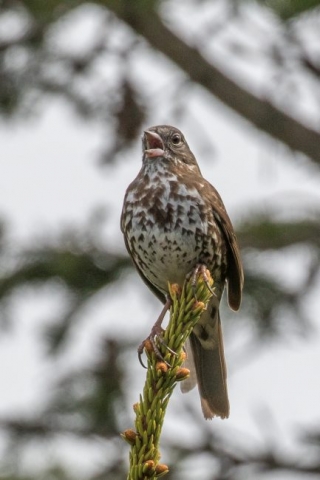
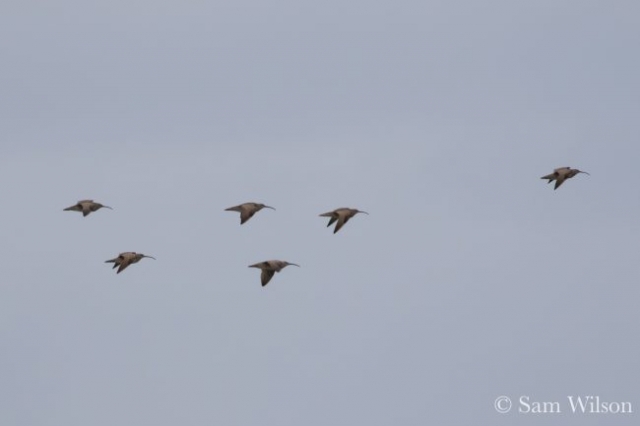
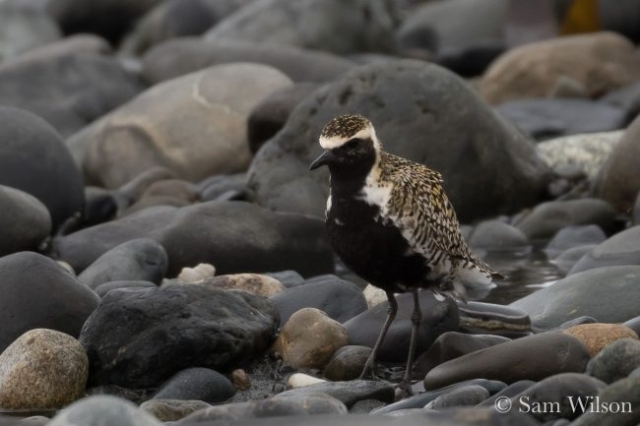
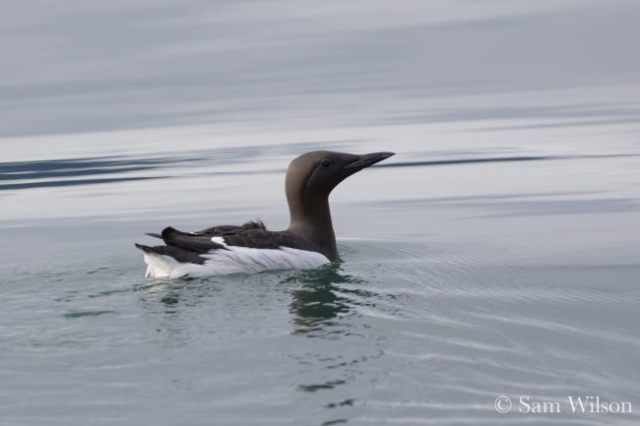
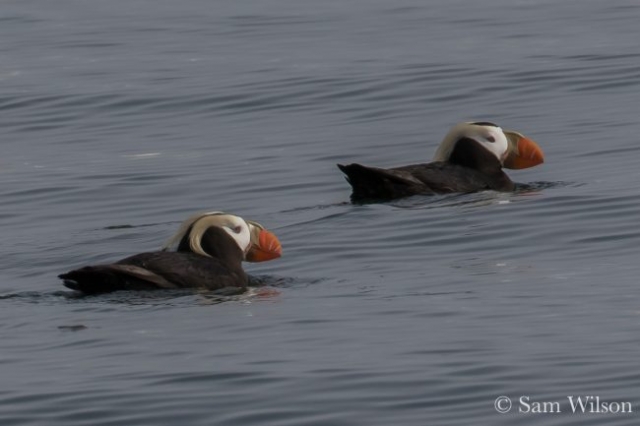
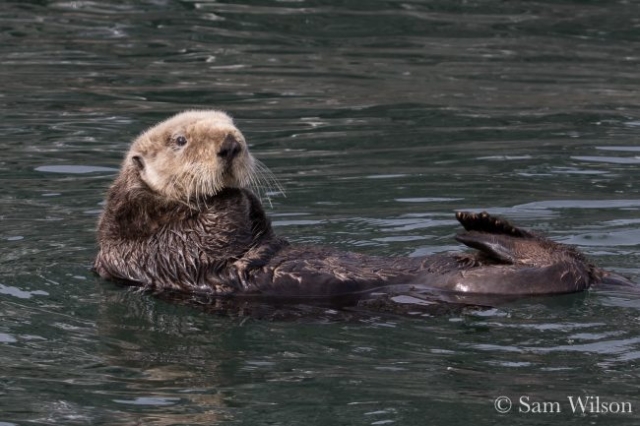
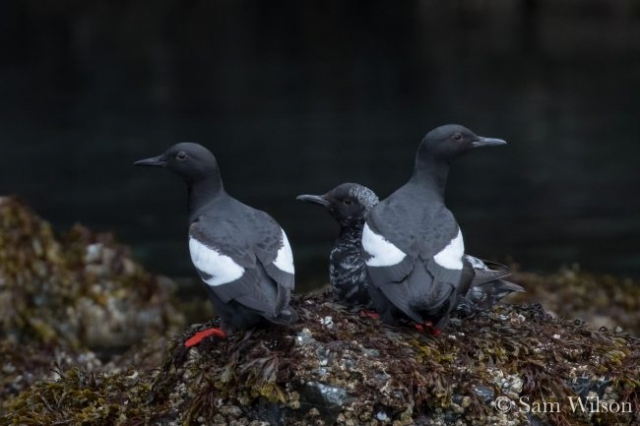
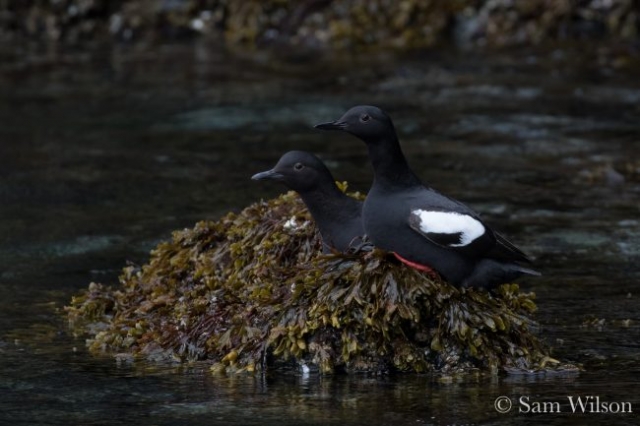
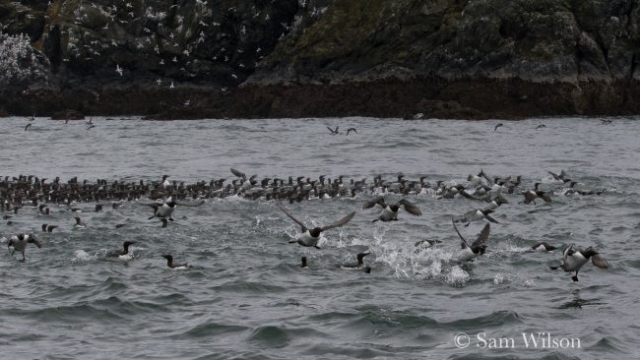
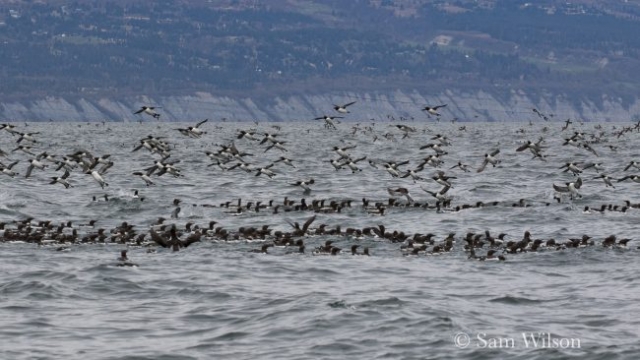
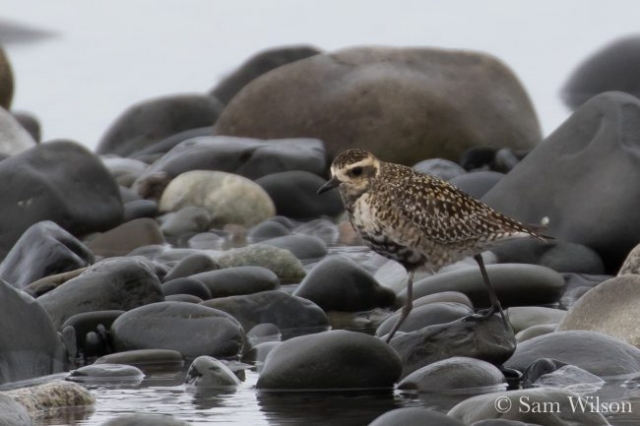
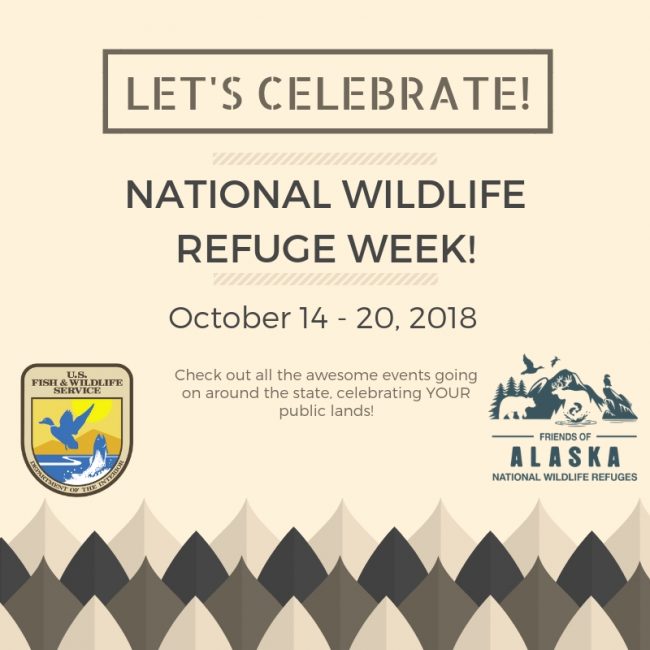
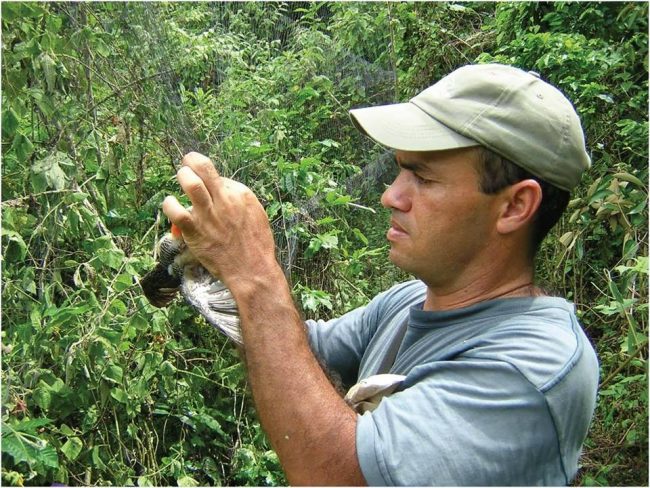
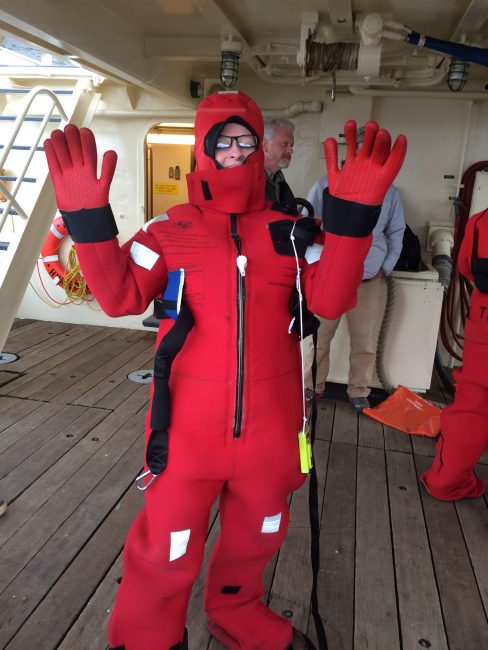
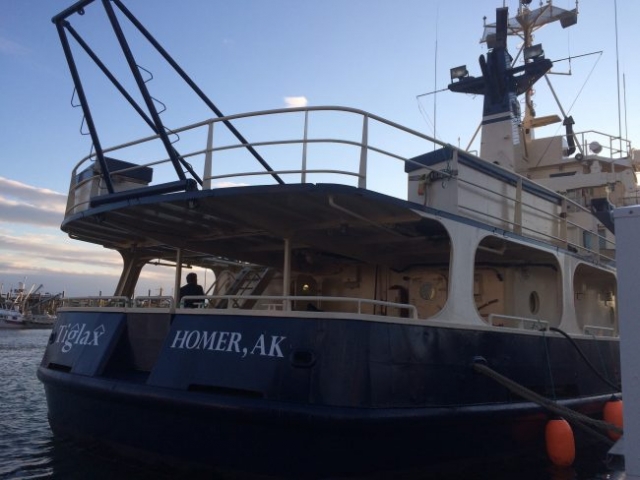
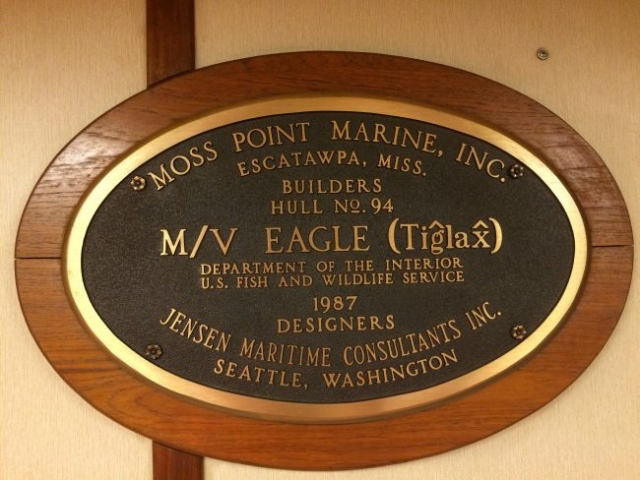
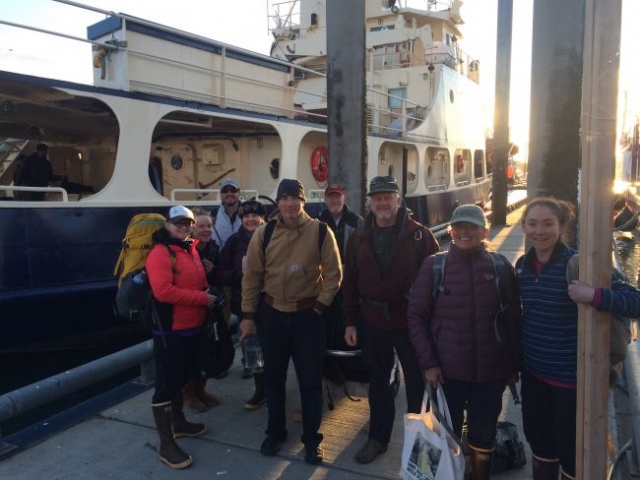
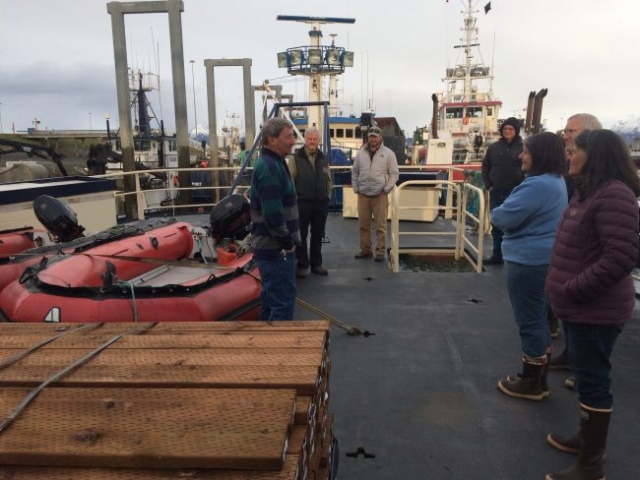
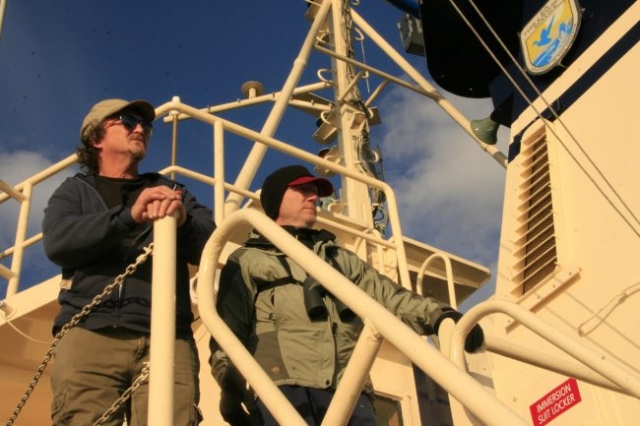
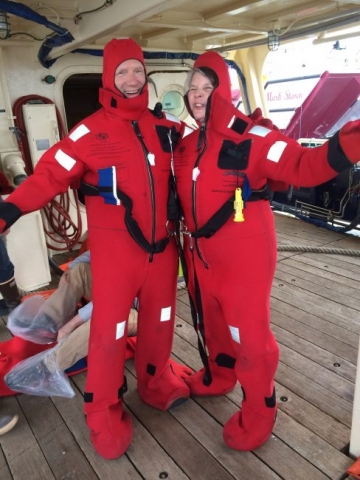
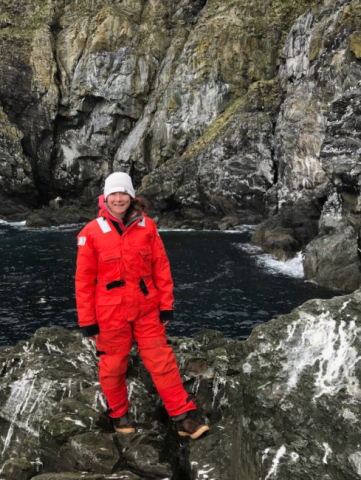
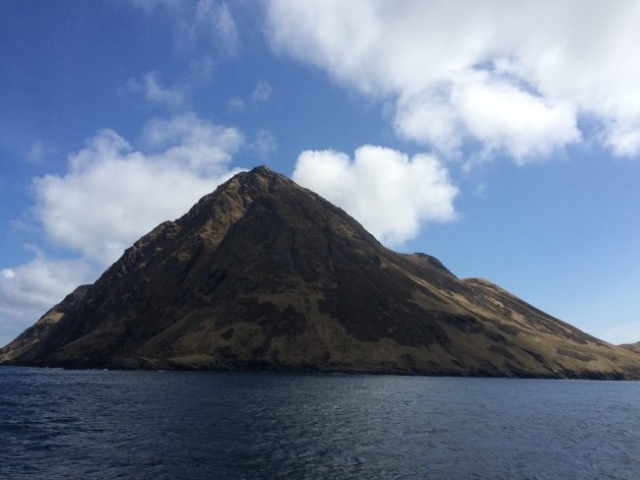
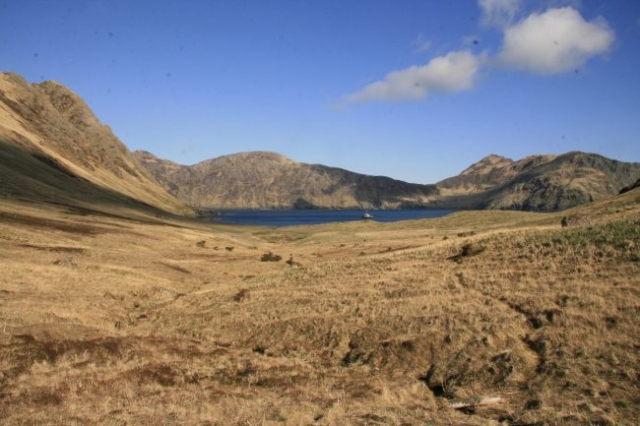
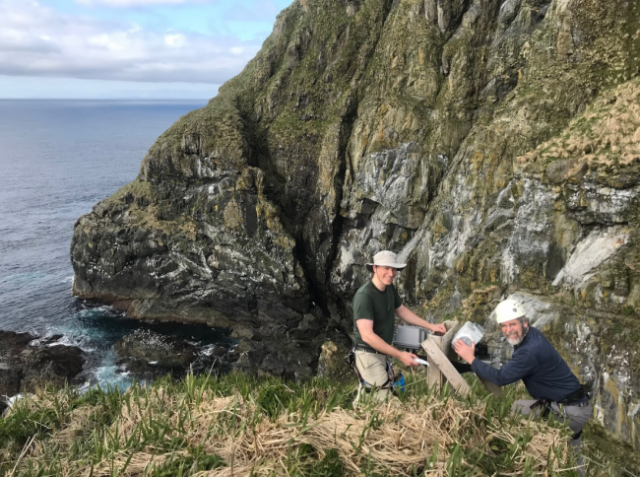
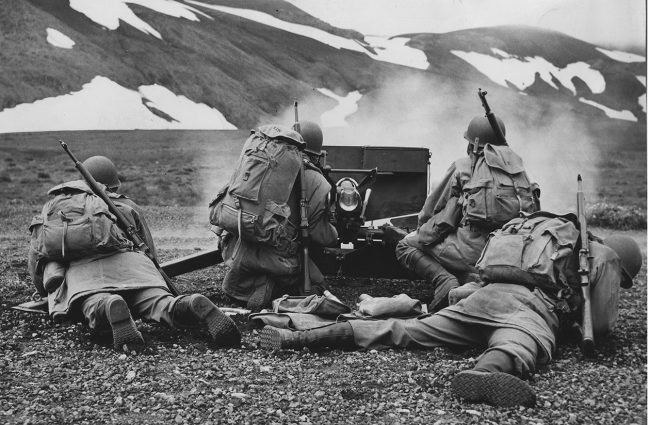


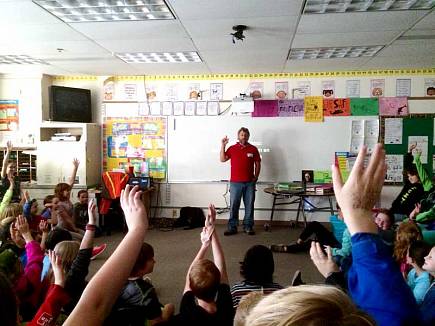
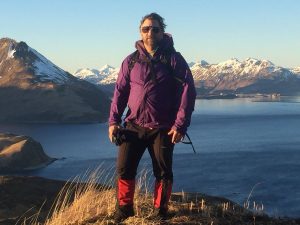 Dickrell shared that it took the American soldiers four days to realize that they needed to leave the beaches and get to high ground if they were to find the Japanese soldiers. He shared the challenges that soldiers on both sides faced, including frostbite, hypothermia and trench foot, and that when a solider recovered a diary from a dead Japanese soldier named Nebu Tatsuguri who was a doctor, and the diary was translated, it read that the Japanese soldiers would not surrender, that they would fight to their death and commit suicide before being captured, which they did.
Dickrell shared that it took the American soldiers four days to realize that they needed to leave the beaches and get to high ground if they were to find the Japanese soldiers. He shared the challenges that soldiers on both sides faced, including frostbite, hypothermia and trench foot, and that when a solider recovered a diary from a dead Japanese soldier named Nebu Tatsuguri who was a doctor, and the diary was translated, it read that the Japanese soldiers would not surrender, that they would fight to their death and commit suicide before being captured, which they did.
 The
The  Sponsored by the US Forest Service, National Park Service & US Fish & Wildlife Service
Sponsored by the US Forest Service, National Park Service & US Fish & Wildlife Service